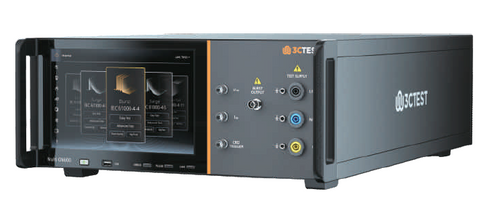The EMC Shop stocks test equipment used for IEC 61000-4-11, allowing customers to order, ship and begin precompliance testing to evaluate their products before attempting certification. The IEC/EN 61000-4-6 test standard should be purchased, read and followed to develop a suitable test plan and effectively evaluate your product.
3ctest GN MT6 Transient Immunity Test Generator
SKU: 10541











